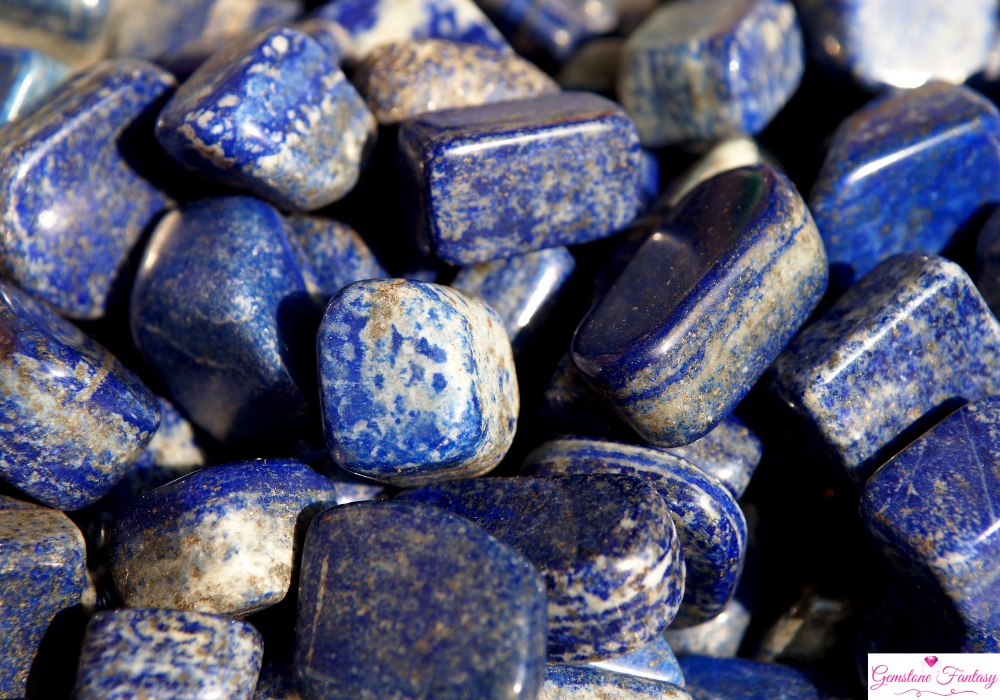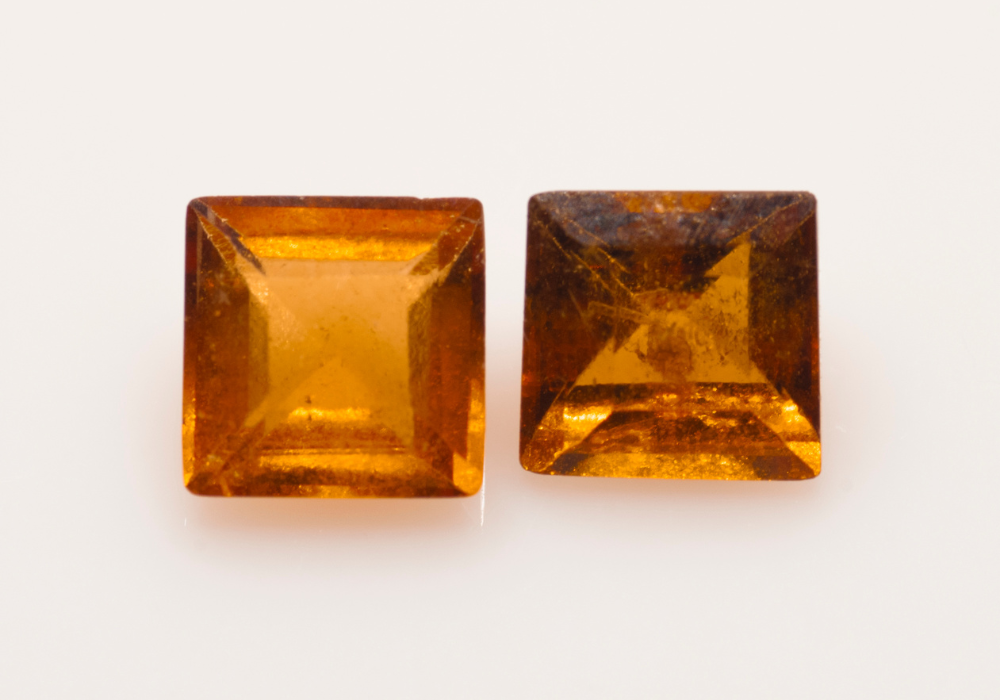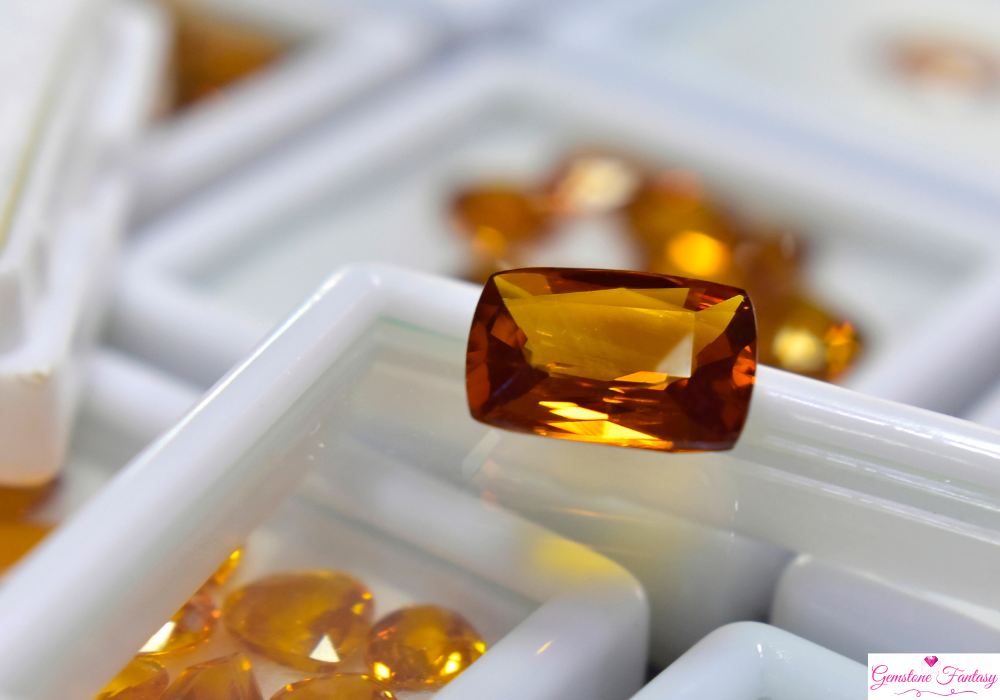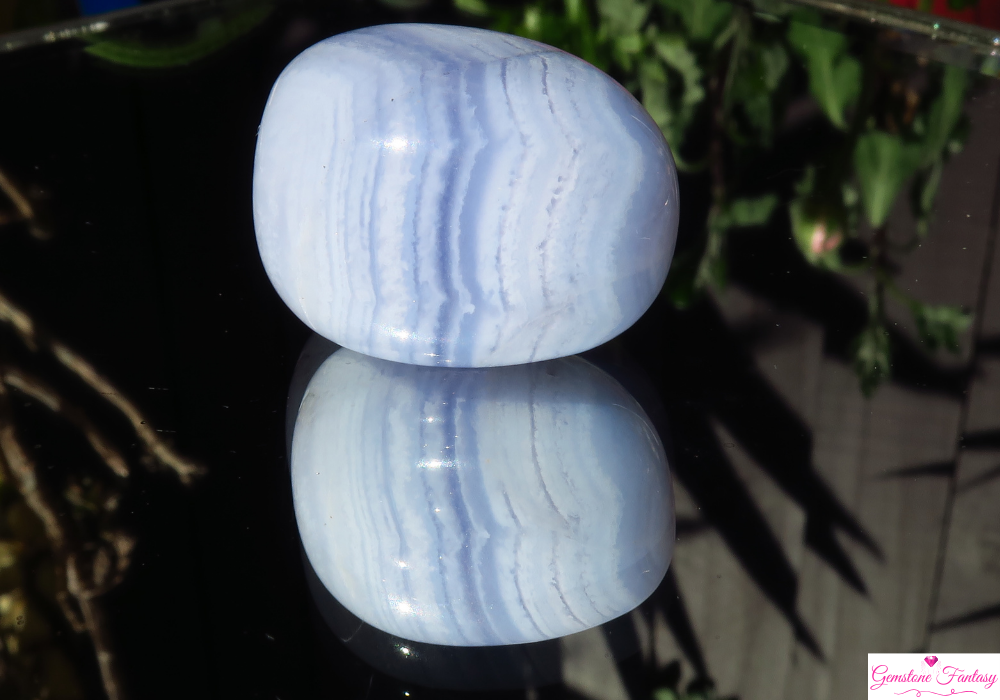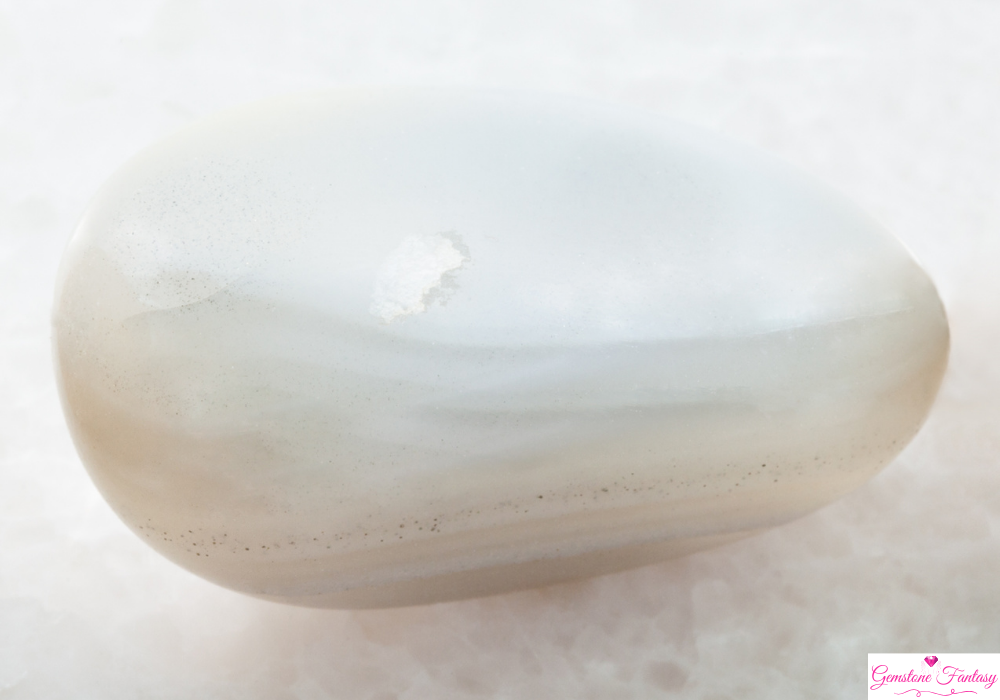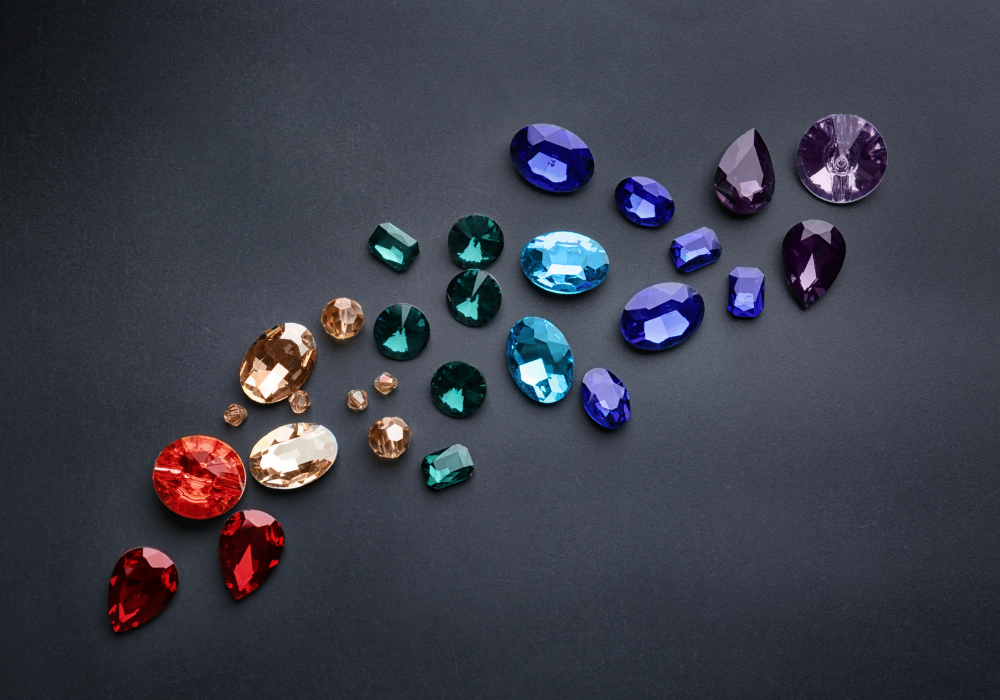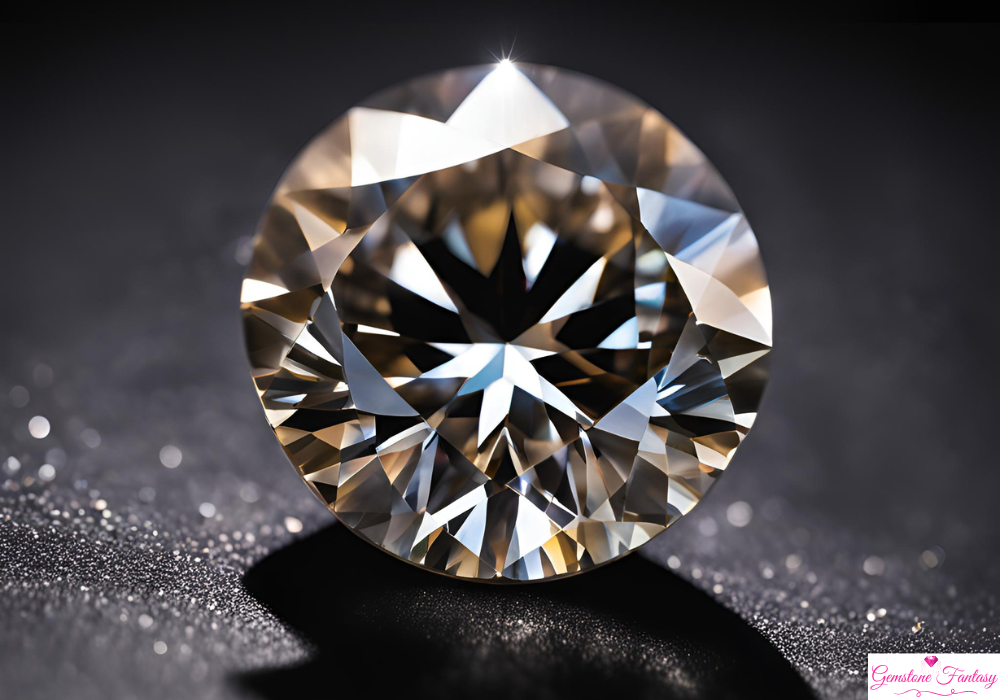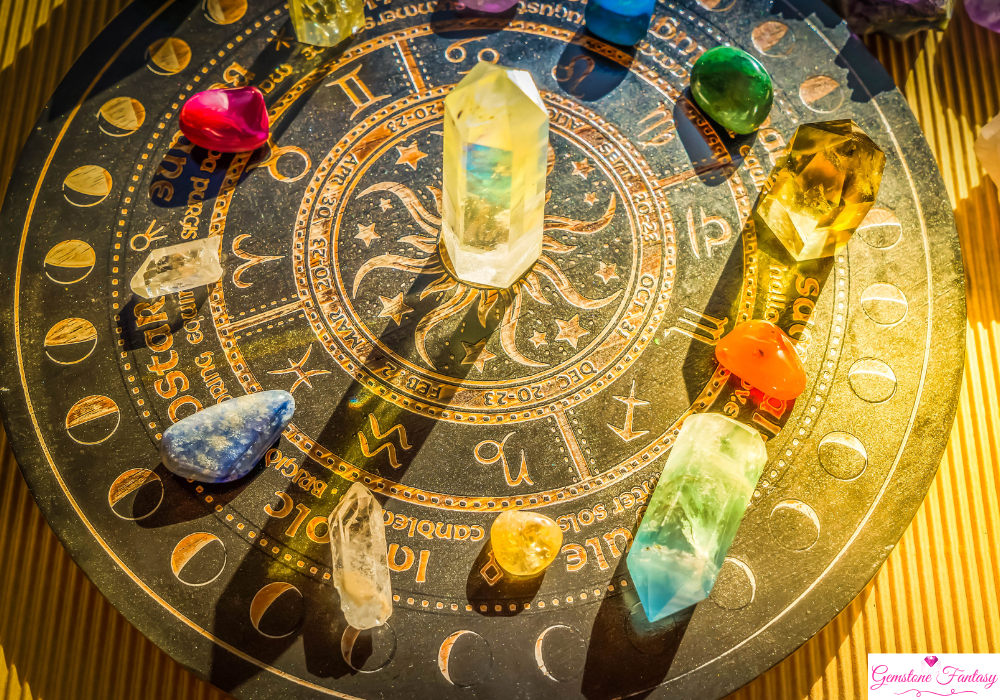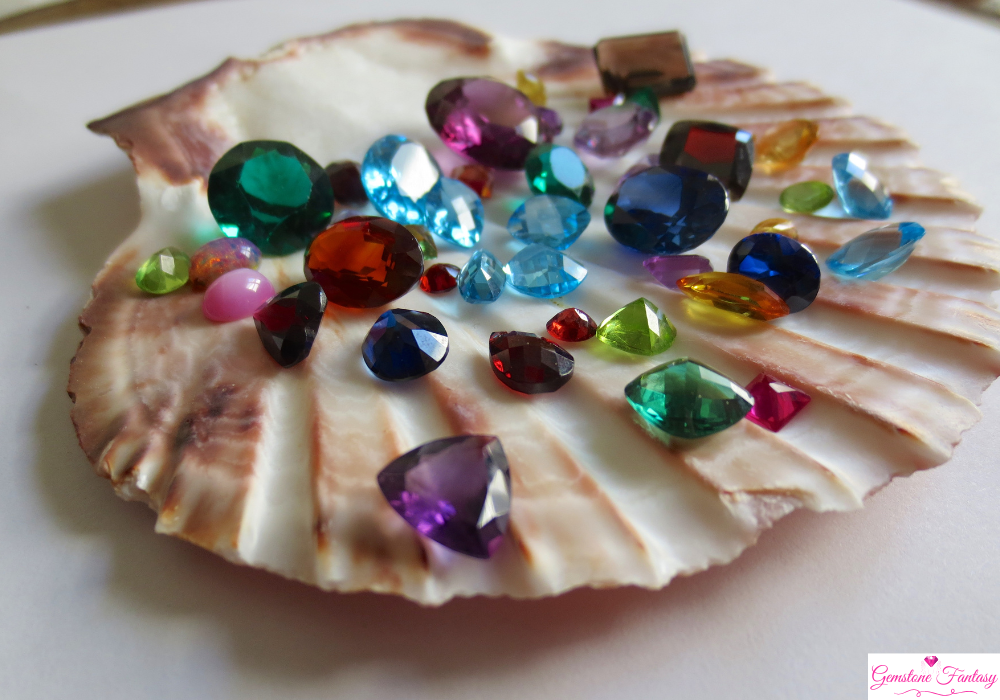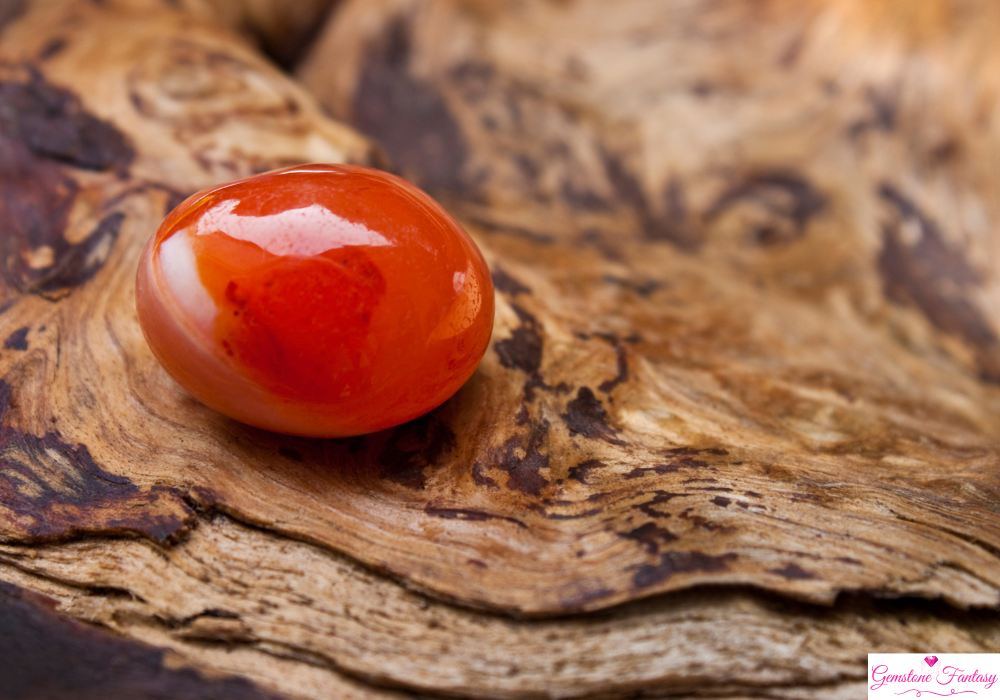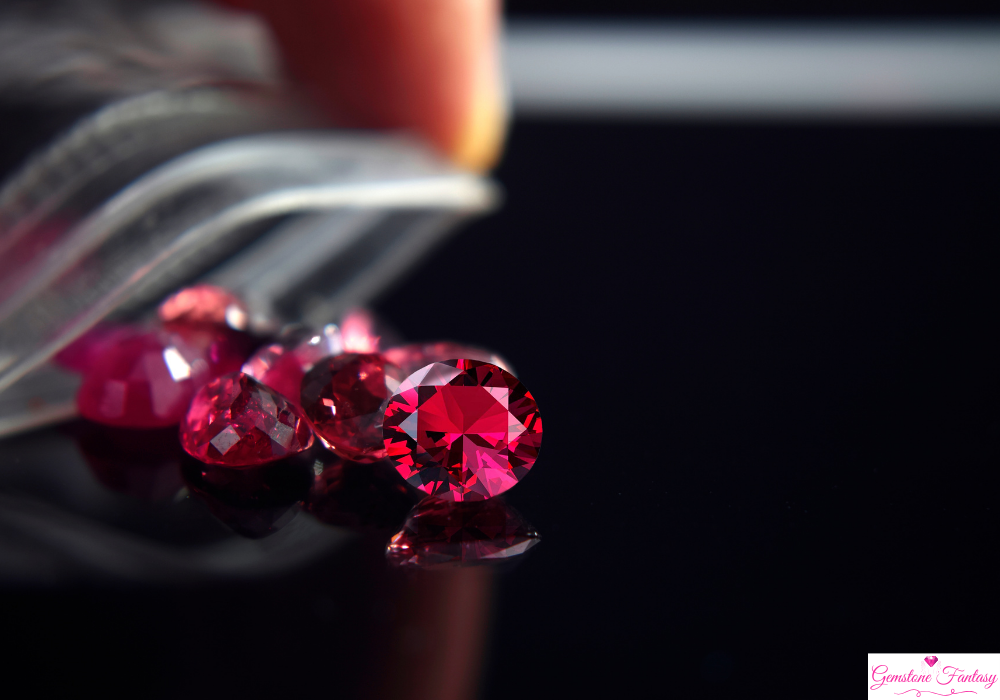Lapis lazuli is a stunning deep blue metamorphic rock prized for its vibrant color and historical significance. Composed primarily of lazurite, lapis lazuli has captivated cultures for thousands of years and is often associated with wisdom, royalty, and spirituality. Its unique beauty and rich history make it a sought-after gemstone in jewelry and art.
Geological Formation
Lapis lazuli is formed through a combination of geological processes that contribute to its unique characteristics.
- Formation Process: Lapis lazuli forms in metamorphic rocks, specifically through the alteration of limestone and other minerals under high pressure and temperature conditions. The specific conditions necessary for its formation result in the presence of lazurite, calcite, pyrite, and other minerals.
- Chemical Composition: The primary mineral in lapis lazuli is lazurite (about 25-40%), which gives it its signature blue color. Other minerals, including calcite and pyrite, can also be present, contributing to its overall appearance.
- Primary Locations: Significant deposits of lapis lazuli are found in Afghanistan, particularly in the Badakhshan region, as well as in Chile, Russia, and the United States.
Varieties and Classifications
Lapis lazuli is classified based on its color, composition, and presence of other minerals.
- Color Variations: The most desirable lapis lazuli exhibits a rich, deep blue hue. Variations can include lighter blues, purples, and even greens, depending on the mineral composition.
- Inclusions: High-quality lapis lazuli has minimal calcite and more lazurite. The presence of gold-colored pyrite inclusions is often sought after, as it adds a stunning contrast to the blue background.
- Quality Grades: Lapis lazuli is graded based on its color intensity, the amount of gold flecks, and the absence of other minerals. The highest quality stones are deep blue with abundant pyrite.
Cultural Significance and Folklore
Lapis lazuli holds deep cultural and historical significance across various civilizations.
- Historical Beliefs: Lapis lazuli has been used since ancient times, notably in ancient Egypt, where it was believed to bring protection, wisdom, and spiritual insight. It was often used in burial masks and jewelry for pharaohs.
- Symbolism: Lapis lazuli is associated with truth, friendship, and honor. It is often regarded as a stone of wisdom, helping individuals connect with their inner self and enhancing their intuition.
- Healing Properties: In metaphysical traditions, lapis lazuli is thought to promote mental clarity, alleviate stress, and foster emotional healing.
Birthstone and Zodiac Connections
Lapis lazuli is significant in astrology and as a birthstone.
- Birthstone: Lapis lazuli is associated with the month of September, symbolizing wisdom and enlightenment. It is often given as a gift to celebrate birthdays and special occasions.
- Zodiac Sign: Lapis lazuli is linked to the zodiac signs Sagittarius and Capricorn. It is believed to enhance the positive traits of these signs, such as generosity and determination.
Healing and Metaphysical Properties
Lapis lazuli is revered for its potential healing properties and metaphysical benefits.
- Emotional Healing: Lapis lazuli is thought to help alleviate anxiety and promote emotional balance. It encourages self-awareness and self-expression, making it a popular choice in healing practices.
- Physical Healing: In holistic healing, lapis lazuli is believed to benefit the throat and thyroid, aiding in communication and vocalization.
- Spiritual Growth: Lapis lazuli is considered a powerful stone for enhancing spiritual awareness and deepening meditation practices.
Popular Uses in Jewelry and Design
Lapis lazuli’s vibrant color and versatility make it a popular choice in various jewelry and design applications.
- Earrings and Necklaces: Lapis lazuli is commonly used in earrings, necklaces, and pendants, adding a touch of elegance and sophistication. Its bold color makes it a statement piece in any collection.
- Rings: Lapis lazuli rings are popular for both fashion and statement pieces. They are often set in gold or silver, enhancing the stone’s natural beauty.
- Decorative Items: Beyond jewelry, lapis lazuli is frequently used in decorative carvings, vases, and sculptures, showcasing its unique color and patterns.
How to Identify Authentic Gemstones
Identifying genuine lapis lazuli involves examining specific characteristics.
- Color and Clarity: Authentic lapis lazuli should exhibit a consistent deep blue color with visible gold flecks. Look for stones that are free of excessive calcite, which can indicate lower quality.
- Inclusions: Genuine lapis lazuli often contains small pyrite inclusions that resemble gold. These inclusions enhance the stone’s appeal and should be evenly distributed.
- Weight and Hardness: Lapis lazuli has a Mohs hardness of 5 to 5.5, making it relatively soft. This hardness can help differentiate it from harder gemstones.
Tips for Caring and Storing
Proper care is essential to maintain the beauty and longevity of lapis lazuli jewelry.
- Cleaning: Clean lapis lazuli pieces using warm soapy water and a soft cloth. Avoid using harsh chemicals or ultrasonic cleaners, which may damage the stone.
- Storage: Store lapis lazuli jewelry separately to prevent scratches from harder gemstones. Use a soft pouch or lined jewelry box for protection.
- Handling: While lapis lazuli is relatively durable, handle it with care to avoid chipping or scratching. Keep it away from extreme temperature changes and direct sunlight.
Market Trends and Pricing
The lapis lazuli market has seen notable trends influenced by fashion and consumer demand.
- Pricing: Prices for lapis lazuli can vary based on color, clarity, and size. High-quality lapis lazuli can range from $20 to $150 per carat, depending on the specific type and demand.
- Market Trends: The popularity of lapis lazuli has increased due to its unique visual appeal and historical significance. Consumers are increasingly drawn to natural gemstones, influencing pricing trends.
Final Thoughts
Lapis lazuli is a gemstone that embodies beauty, history, and spirituality. Its rich blue color and cultural significance make it a beloved choice among jewelry enthusiasts and collectors alike. Whether cherished for its aesthetic appeal, emotional benefits, or symbolic meanings, lapis lazuli continues to captivate those who appreciate its unique charm and allure.

